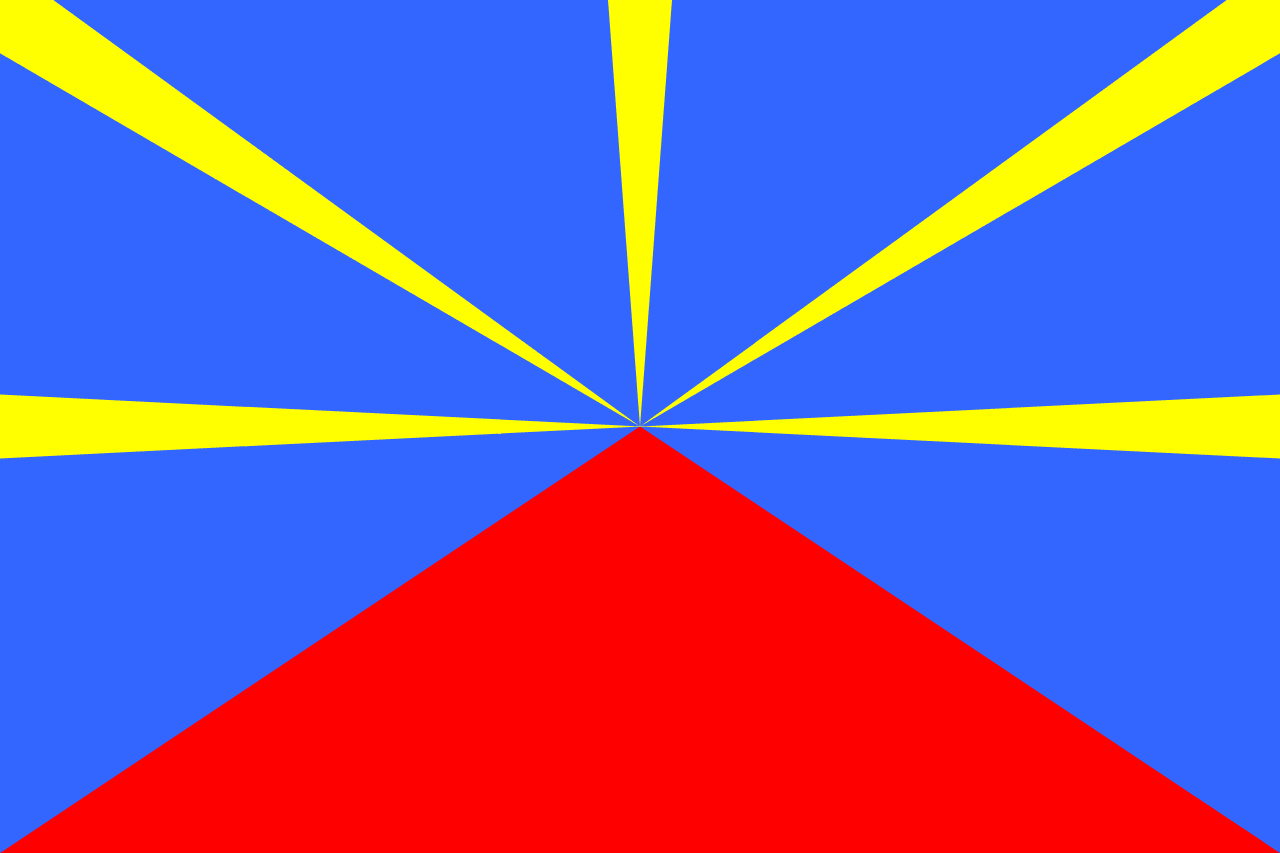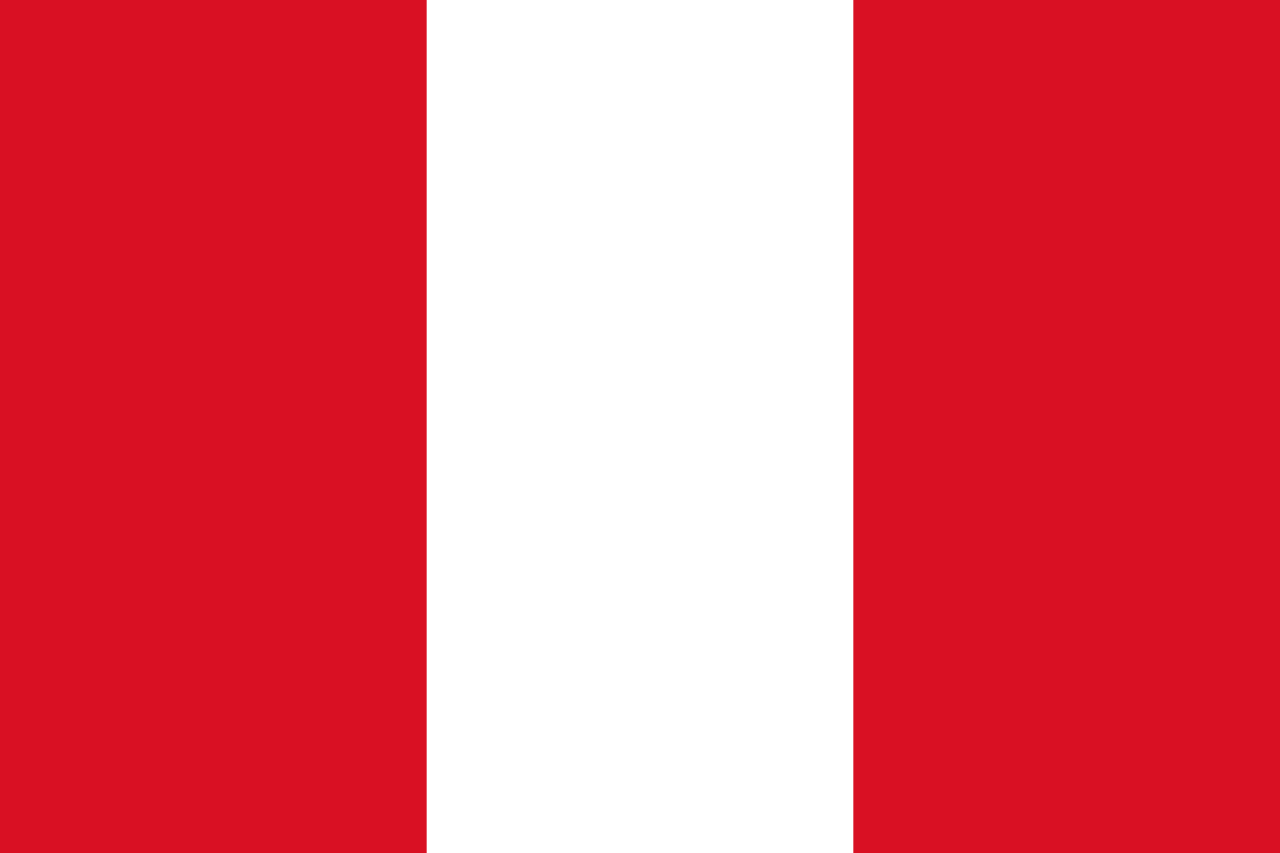The flag of Portugal consists of two vertical stripes: green on the hoist side and red on the fly side, with the national coat of arms centered on the boundary between the two colors. This distinctive design encapsulates Portugal's rich history, maritime legacy, and cultural heritage, making it one of the most recognizable national emblems in the world.
Portugal information
| National Flag Day | June 10th |
| Sovereign state | Yes |
| Official name | Portuguese Republic |
| Capital | Lisbon |
| Population | 10,271,027 |
| Area | 92,390 km² |
| Currency | Euro (€) (EUR) |
| Language | Portuguese |
| Continent | Europe |
| Region | Southwestern Europe |
| Subregion | Iberian Peninsula |
| Borders | Spain |
| Timezone | Western European Time (WET) UTC+0 |
| Calling code | +351 |
| Top-level domain | .pt |
History of the Portuguese flag
 The current Portuguese flag was officially adopted on June 30, 1911, following the Republican revolution of 1910 that overthrew the monarchy. However, the flag's evolution reflects centuries of Portuguese history. The green and red colors replaced the blue and white of the former monarchical flag, symbolizing a new era of republicanism and progress. The design was chosen after careful consideration by a specially appointed commission, aiming to represent Portugal's new political reality while honoring its historical legacy.
The current Portuguese flag was officially adopted on June 30, 1911, following the Republican revolution of 1910 that overthrew the monarchy. However, the flag's evolution reflects centuries of Portuguese history. The green and red colors replaced the blue and white of the former monarchical flag, symbolizing a new era of republicanism and progress. The design was chosen after careful consideration by a specially appointed commission, aiming to represent Portugal's new political reality while honoring its historical legacy.
Symbolism and design of the Portuguese flag
The Portuguese flag's design is rich in symbolism, reflecting the nation's values, history, and aspirations. The green stripe symbolizes hope for the future and the green fields of Portugal. It also represents the color of Dom Henrique, the Duke of Viseu, known as Henry the Navigator, who played a crucial role in Portugal's maritime explorations during the Age of Discovery. The red stripe signifies the blood shed by those who fought for the nation, as well as the warm spirit of the Portuguese people. The national coat of arms, centered on the boundary of the two colors, is a complex emblem that encapsulates Portugal's history. It features a white shield with five smaller blue shields arranged in a cross, each containing five white dots representing the five wounds of Christ. The shield is set against a golden armillary sphere, symbolizing Portugal's navigational expertise and global explorations. Seven golden castles surround the shield, representing the fortified cities conquered from the Moors during the Reconquista.
Usage and significance of the Portuguese flag
 The flag of Portugal is a powerful symbol of national identity and pride. It is prominently displayed on government buildings, schools, and public spaces throughout the country. During national holidays, particularly Portugal Day on June 10th, which commemorates the death of national literary icon Луís de Camões, the flag is widely displayed by citizens. In international contexts, such as diplomatic missions, global sporting events, and cultural exhibitions, the Portuguese flag serves as an immediate identifier of the country, representing its people, culture, and values on the world stage. The flag's unique design and rich symbolism make it a source of inspiration for Portuguese artists, often incorporated into cultural expressions and national branding.
The flag of Portugal is a powerful symbol of national identity and pride. It is prominently displayed on government buildings, schools, and public spaces throughout the country. During national holidays, particularly Portugal Day on June 10th, which commemorates the death of national literary icon Луís de Camões, the flag is widely displayed by citizens. In international contexts, such as diplomatic missions, global sporting events, and cultural exhibitions, the Portuguese flag serves as an immediate identifier of the country, representing its people, culture, and values on the world stage. The flag's unique design and rich symbolism make it a source of inspiration for Portuguese artists, often incorporated into cultural expressions and national branding.
Interesting facts about the Portuguese flag
- The armillary sphere on the flag was a personal emblem of King Manuel I and symbolizes Portugal's important role in global exploration during the Age of Discovery.
- The five quinas (blue shields) on the coat of arms are said to represent the five Moorish kings defeated by Portugal's first king, Afonso Henriques, at the Battle of Ourique in 1139.
- The flag's proportions are 2:3, making it slightly more rectangular than many other national flags.
- During the Estado Novo dictatorship (1933-1974), the flag remained unchanged, serving as a symbol of continuity despite political upheaval.
- Portuguese law mandates specific guidelines for the flag's manufacture and display, ensuring consistency in its representation.





